Year 4
The science inquiry skills and science as a human endeavour strands are described across a two-year band. In their planning, schools and teachers refer to the expectations outlined in the achievement standard and also to the content of the science understanding strand for the relevant year level to ensure that these two strands are addressed over the two-year period. The three strands of the curriculum are interrelated and their content is taught in an integrated way. The order and detail in which the content descriptions are organised into teaching and learning programs are decisions to be made by the teacher.
Incorporating the key ideas of science
Over Years 3 to 6, students develop their understanding of a range of systems operating at different time and geographic scales.
In Year 4, students broaden their understanding of classification and form and function through an exploration of the properties of natural and processed materials. They learn that forces include non-contact forces and begin to appreciate that some interactions result from phenomena that can't be seen with the naked eye. They begin to appreciate that current systems, such as Earth's surface, have characteristics that have resulted from past changes and that living things form part of systems. They understand that some systems change in predictable ways, such as through cycles. They apply their knowledge to make predictions based on interactions within systems, including those involving the actions of humans.
(source: www.australiancurriculum.edu.au)
Achievement Standard
By the end of Year 4, students apply the observable properties of materials to explain how objects and materials can be used. They describe how contact and non-contact forces affect interactions between objects. They discuss how natural processes and human activity cause changes to Earth’s surface. They describe relationships that assist the survival of living things and sequence key stages in the life cycle of a plant or animal. They identify when science is used to understand the effect of their actions.
Students follow instructions to identify investigable questions about familiar contexts and make predictions based on prior knowledge. They describe ways to conduct investigations and safely use equipment to make and record observations with accuracy. They use provided tables and column graphs to organise data and identify patterns. Students suggest explanations for observations and compare their findings with their predictions. They suggest reasons why a test was fair or not. They use formal and informal ways to communicate their observations and findings.
(source: www.australiancurriculum.edu.au)
- Plus Plan
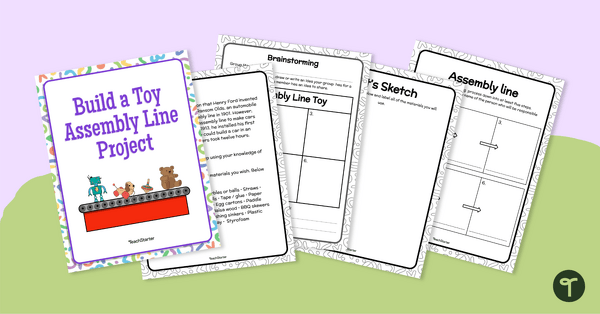
Assembly Line Production - STEAM Project
Engage your students in learning about the assembly line process with an exciting project-based task.
- Plus Plan
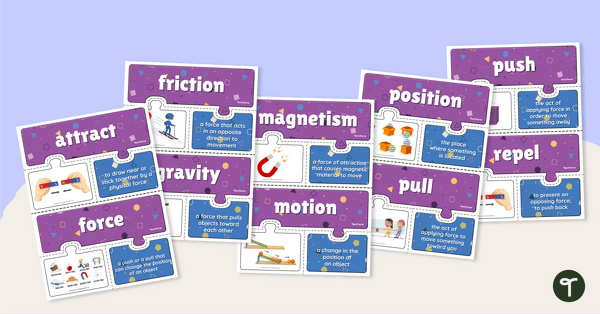
Force and Motion Vocabulary Puzzles
Reinforce science vocabulary with this set of 22 force and motion vocabulary puzzles.
- Plus Plan
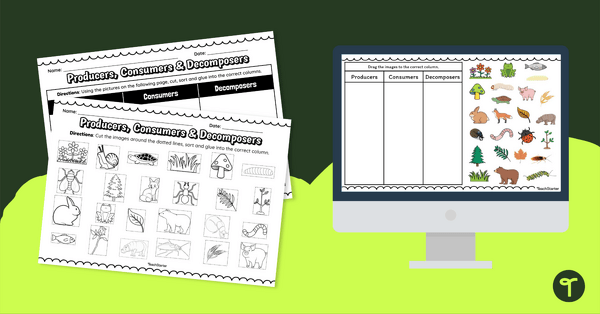
Producers, Consumers and Decomposers – Interactive and Printable Activity
Sort producers, consumers and decomposers, with this cut and paste science worksheet.
- Plus Plan
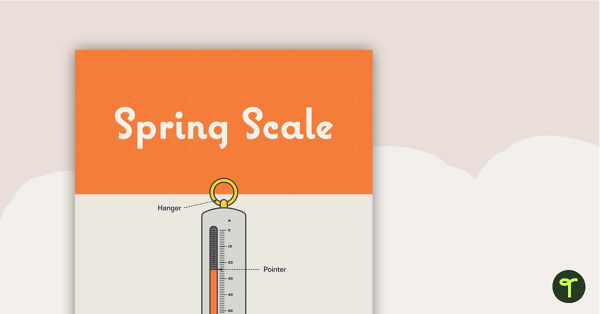
Spring Scale Poster – Diagram with Labels
A poster containing a diagram with labels showing the key parts of a spring scale.
- Plus Plan

Balance Scale Poster – Diagram with Labels
A poster containing a diagram with labels showing the key parts of a balance scale.
- Plus Plan
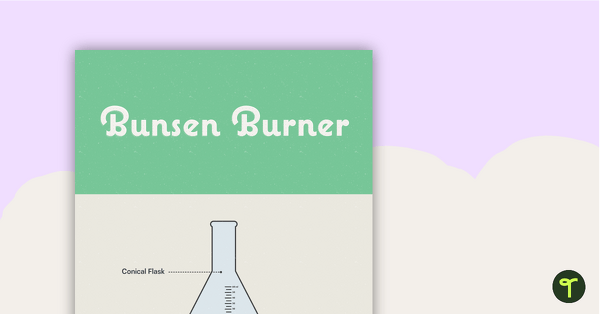
Bunsen Burner Poster – Diagram with Labels
A poster containing a diagram with labels showing the key parts of a Bunsen burner.
- Plus Plan
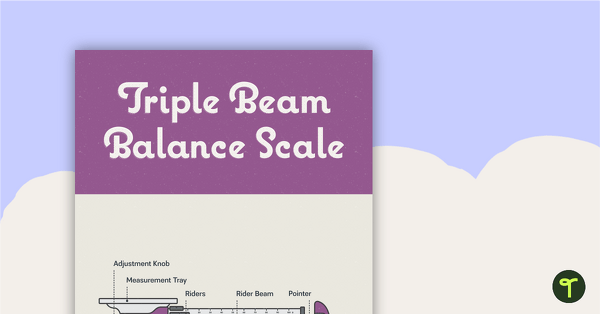
Triple Beam Balance Scale Poster – Diagram with Labels
A poster containing a diagram with labels showing the key parts of a triple beam balance scale.
- Plus Plan

Refracting Telescope Poster – Diagram with Labels
A poster containing a diagram with labels showing the key parts of a refracting telescope.
- Plus Plan

Thermometer Poster – Diagram with Labels
A poster containing a diagram with labels showing the key parts of a thermometer.
- Plus Plan
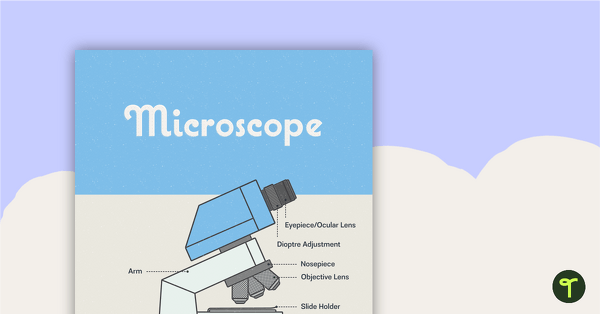
Microscope Poster – Diagram with Labels
A poster containing a diagram with labels showing the key parts of a microscope.
- Plus Plan
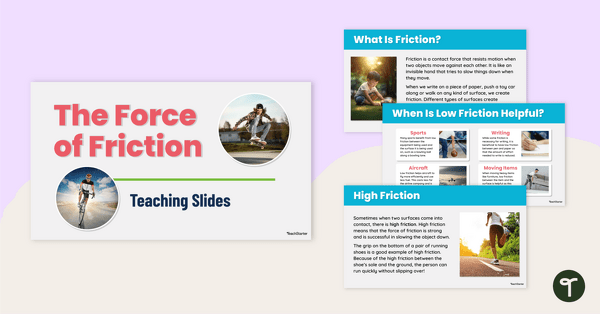
The Force of Friction Teaching Slides
Teach your students facts about friction with this comprehensive and age-appropriate teaching presentation for primary school science lessons.
- Plus Plan
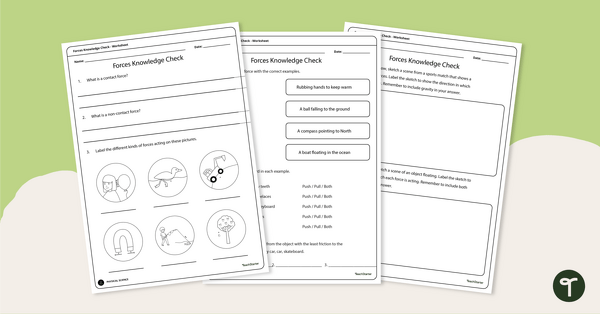
Forces Assessment
Assess students' understanding of contact and non-contact forces with this forces assessment for Year 4 students.
- Plus Plan
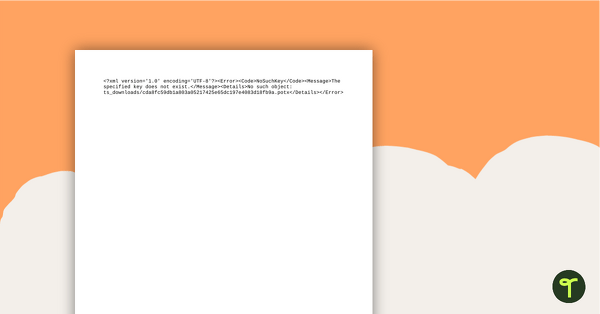
Natural and Processed Materials PowerPoint
A teaching presentation comparing natural and processed materials and how humans make scientific comparisons.
- Plus Plan

Electric Avenue - Understanding the Non-contact Force of Electrostatics PowerPoint
A teaching presentation introducing the students to the non-contact force of electrostatics.
- Plus Plan
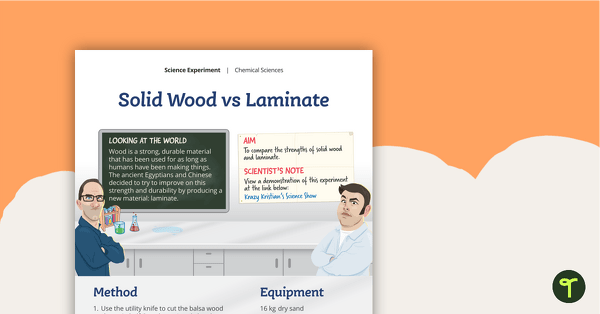
Science Experiment - Solid Wood vs Laminate
A science experiment which investigates the strengths of solid wood and laminate.
- Plus Plan
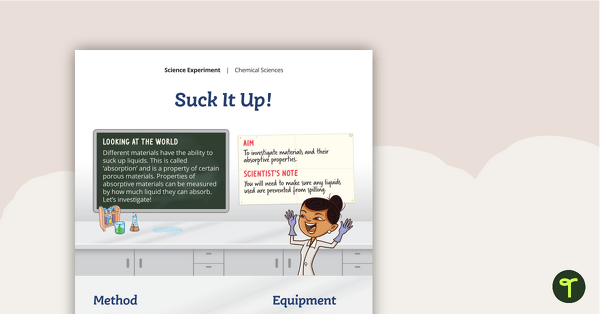
Science Experiment - Suck It Up!
A science experiment which investigates the absorptive properties of various materials.
- Plus Plan
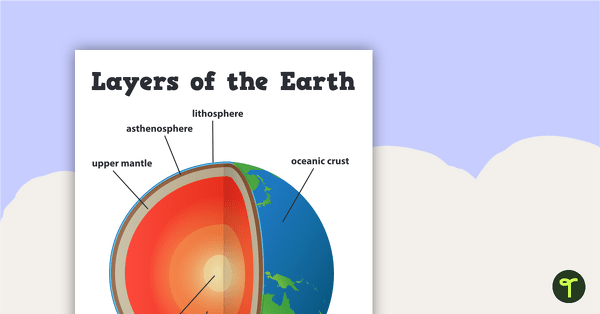
Layers of the Earth
An educational poster showing the structure of the Earth.
- Plus Plan

Plastic and Concrete PowerPoint - How Do People Use Processed Materials?
A teaching presentation discussing processed materials and their uses.
- Plus Plan

What is a Bushland? Poster
A poster with information about the plant life, climate and annual rainfall that characterise a bushland environment.
- Plus Plan
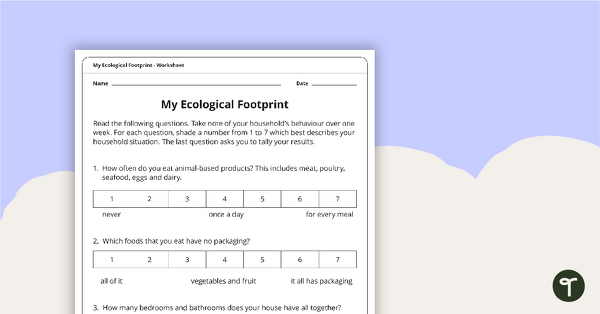
My Ecological Footprint Worksheet
A worksheet which will have the students evaluate their ecological footprint and compare it with the class.
- Plus Plan
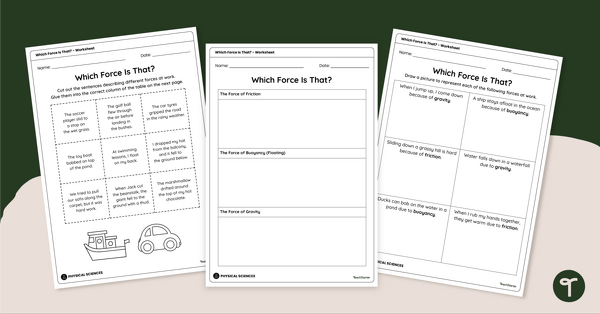
Which Force Is That? Worksheet
Use this forces worksheet to teach your Year 4 students about the common forces of friction, buoyancy and gravity.
- Plus Plan
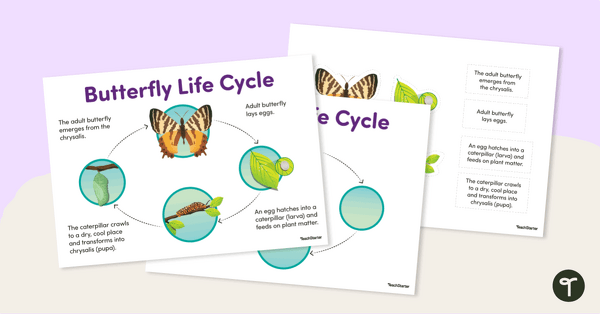
Butterfly Life Cycle - Cut and Paste Worksheet
Identify the different phases of an insect’s life cycle through interactive slides or as a cut and paste butterfly life cycle worksheet.
- Plus Plan
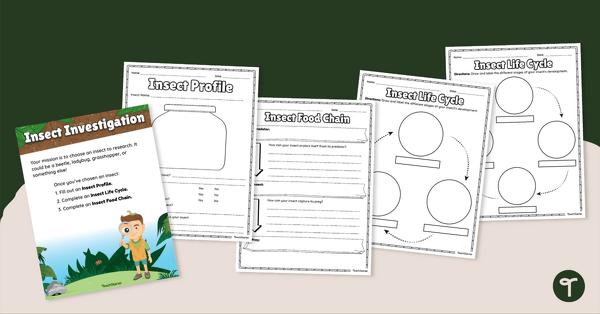
Insect Research Project
Explore insect life cycles and food chains with this research task.
- Free Plan
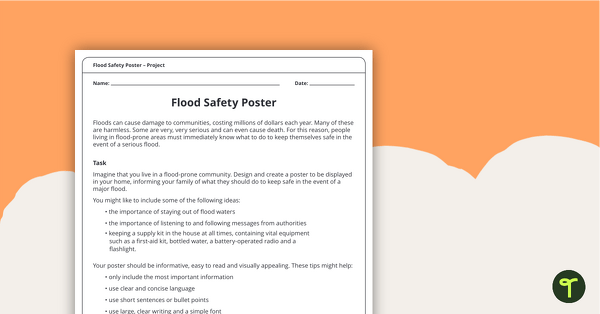
Flood Safety Poster - Design and Create Task
A design and create task for students to demonstrate their understanding of the impact of floods.
- Plus Plan
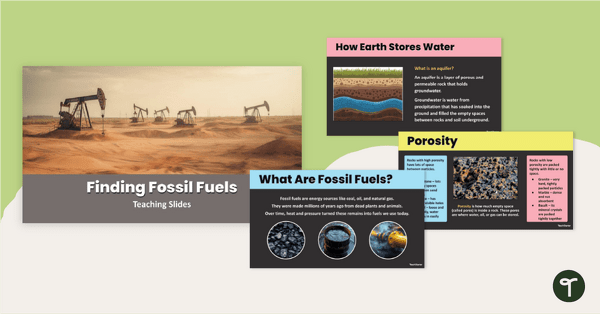
Finding Fossil Fuels PowerPoint
Use an interactive ‘Finding Fossil Fuels’ Natural Resources PowerPoint to teach your students about how and where the Earth stores natural resources such as fossil fuels.
- Plus Plan
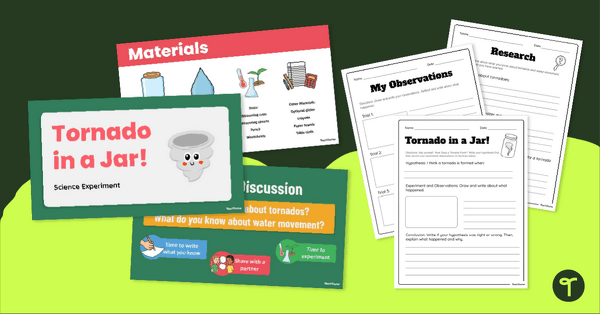
Tornado in a Jar Experiment
Create a Tornado in a Jar with an interactive science experiment slide deck and Tornado in a Jar Experiment Worksheet.
- Plus Plan
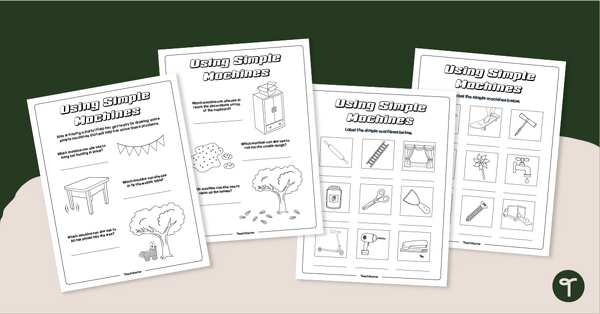
Using Simple Machines Worksheet Pack
Download a simple machines worksheet pack to use in the classroom when learning about simple machines and how they can help use solve everyday problems.
- Plus Plan
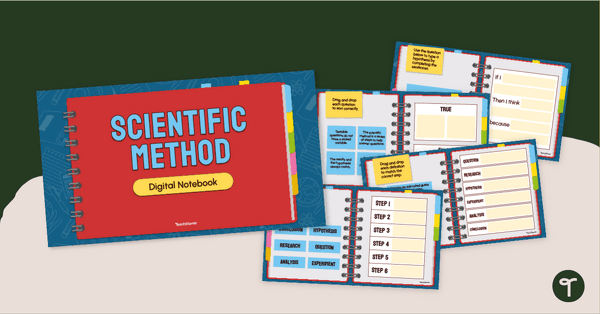
Scientific Method Digital Learning Activity
Help your students understand the steps in the scientific process with an engaging Scientific Method Digital Learning Notebook activity.
- Plus Plan
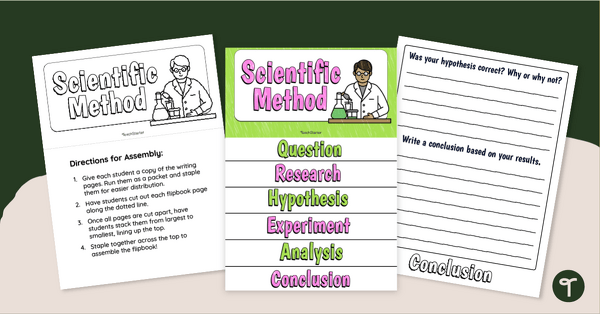
Scientific Method Flipbook Template
Create a Scientific Method Flipbook to record scientific predictions, observations, and conclusions with a printable science flip book template.
- Plus Plan
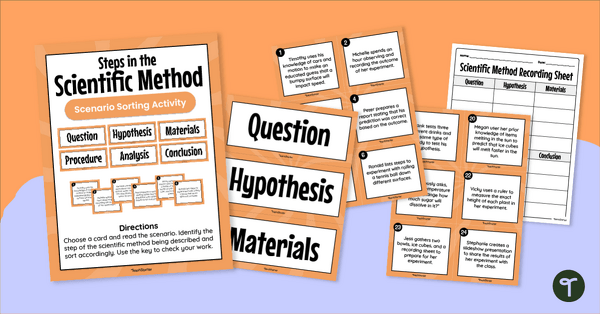
Scientific Investigation Scenarios - Sorting Activity
Analyse scientific investigation scenarios to determine which stage in the scientific method is being described with a printable Scientific Method Sorting Activity.
- Plus Plan
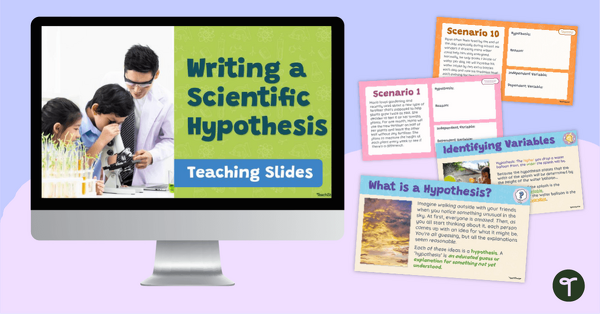
Writing a Scientific Hypothesis PowerPoint
Teach your students how to write a scientific hypothesis with an interactive slide deck and hypothesis writing practice activity.
- Plus Plan
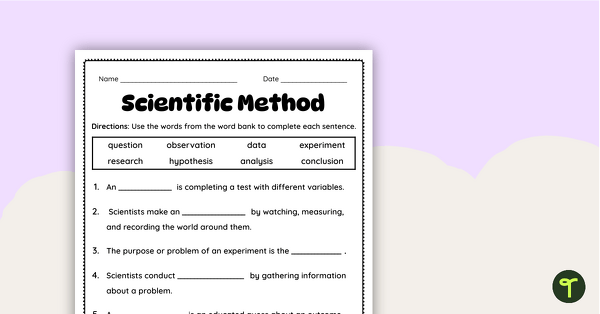
Scientific Method Cloze Worksheet
Review scientific method vocabulary with a printable Scientific Method Cloze Worksheet.